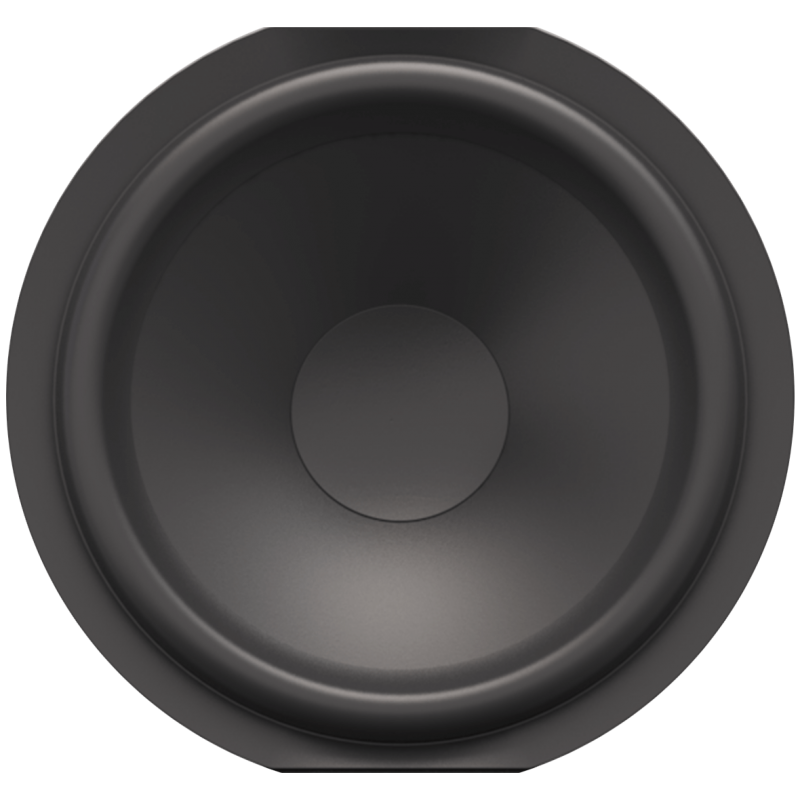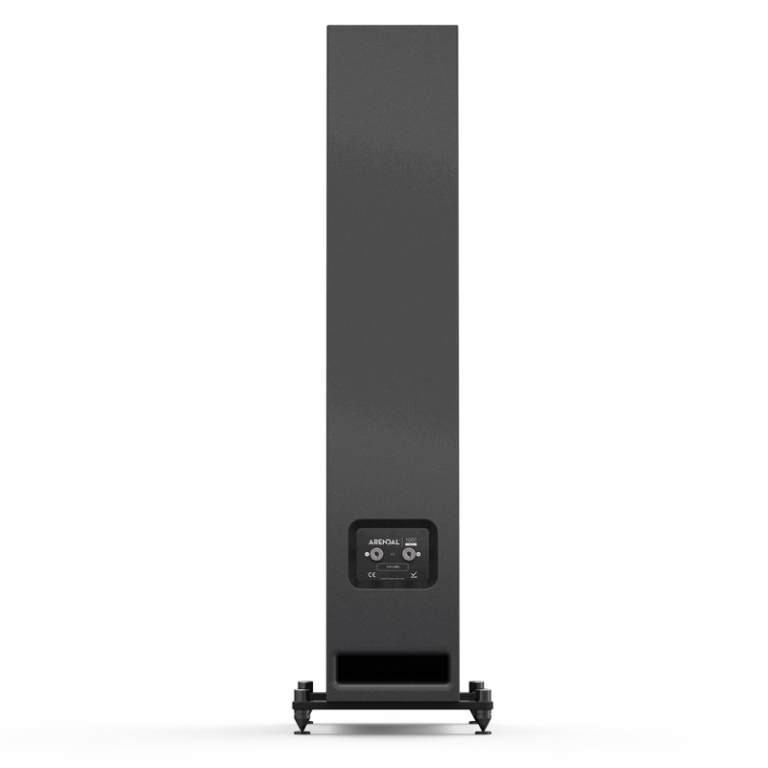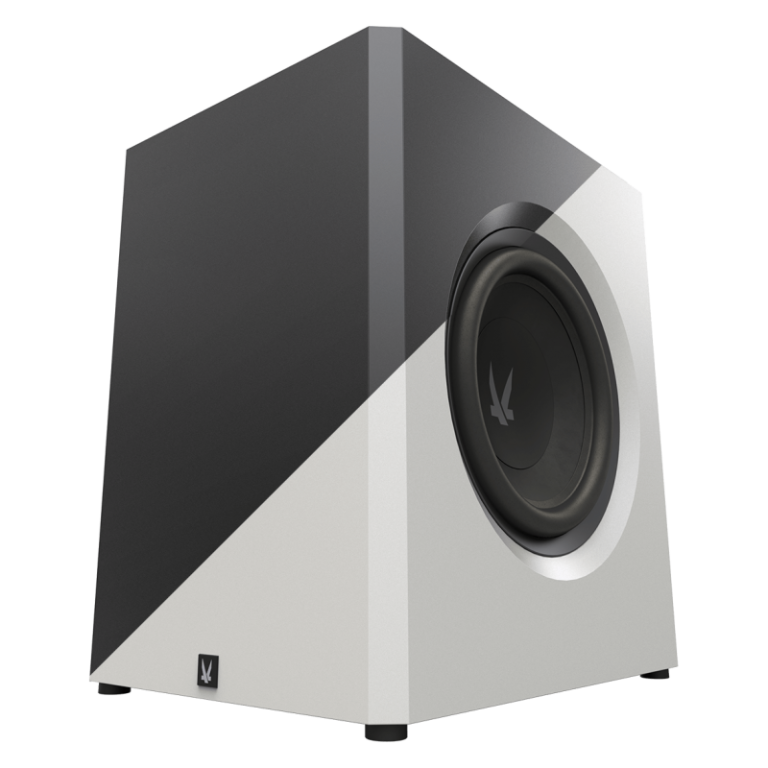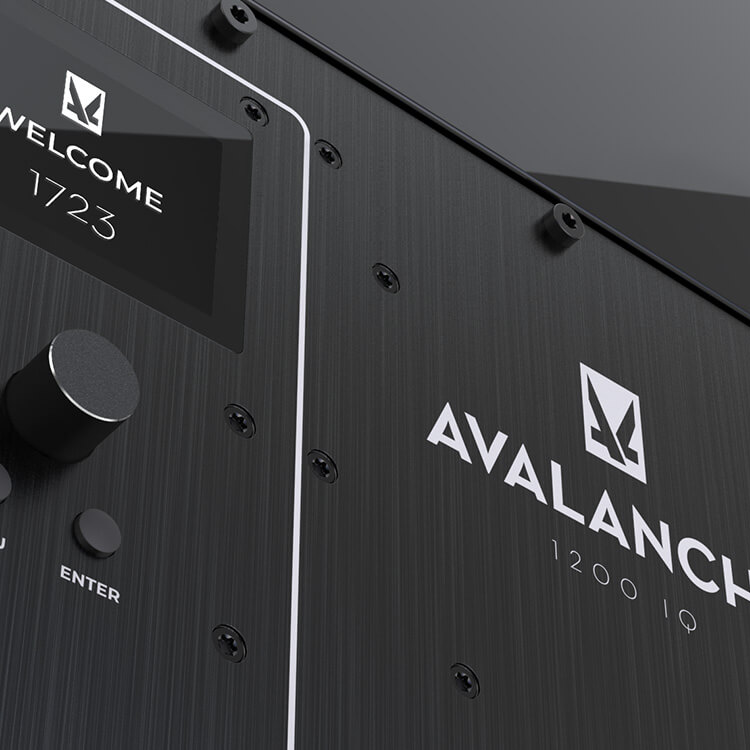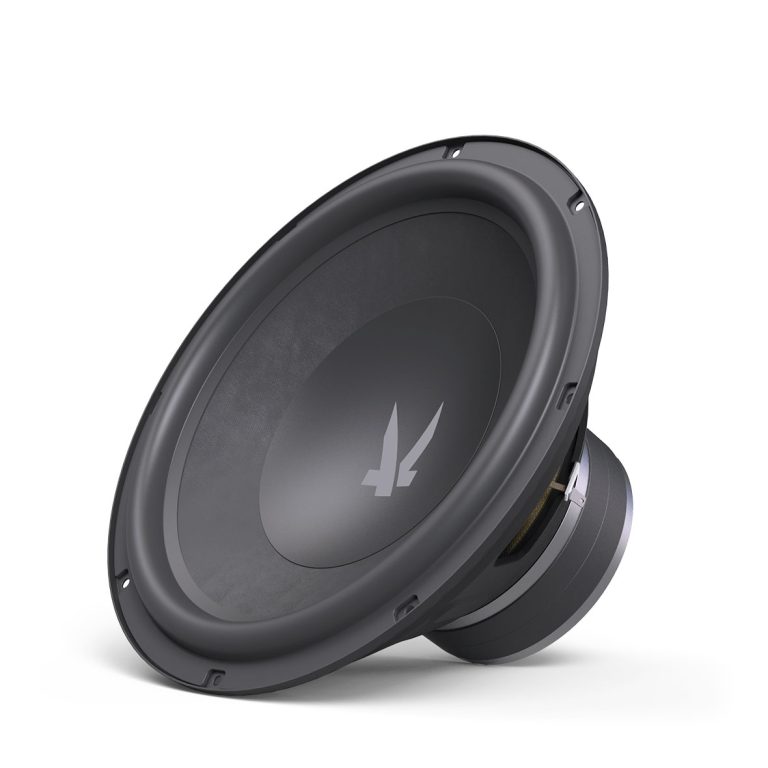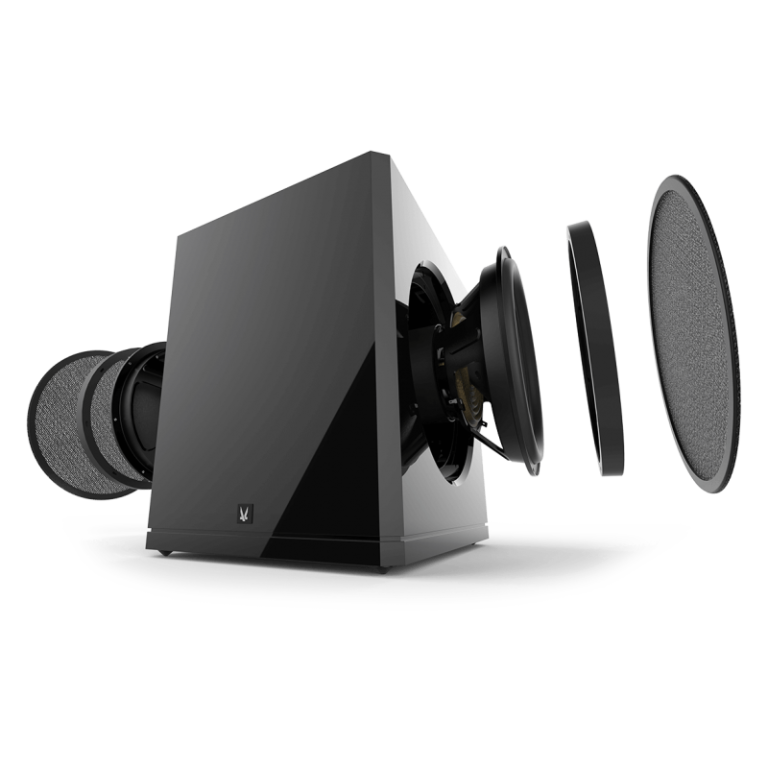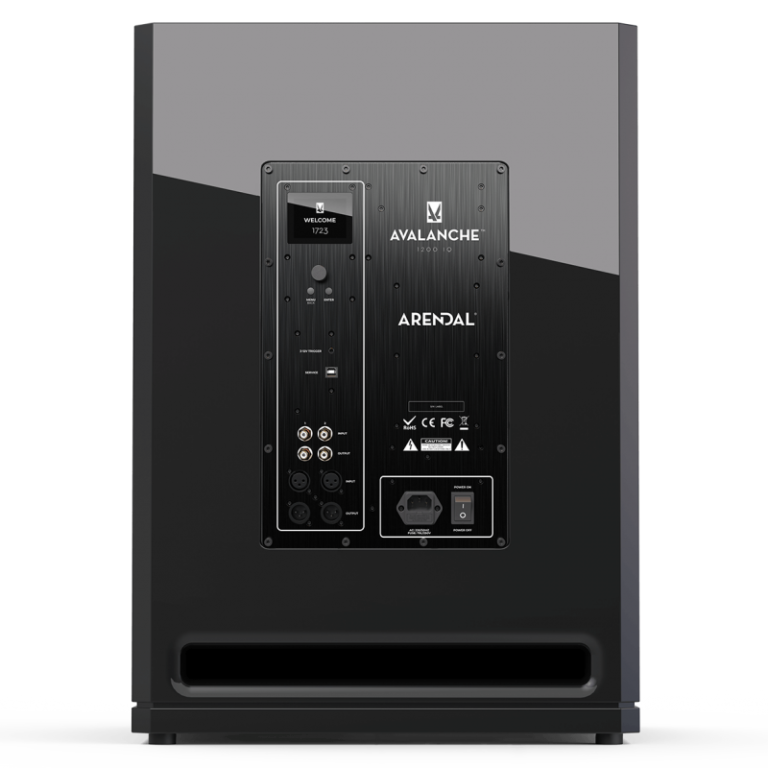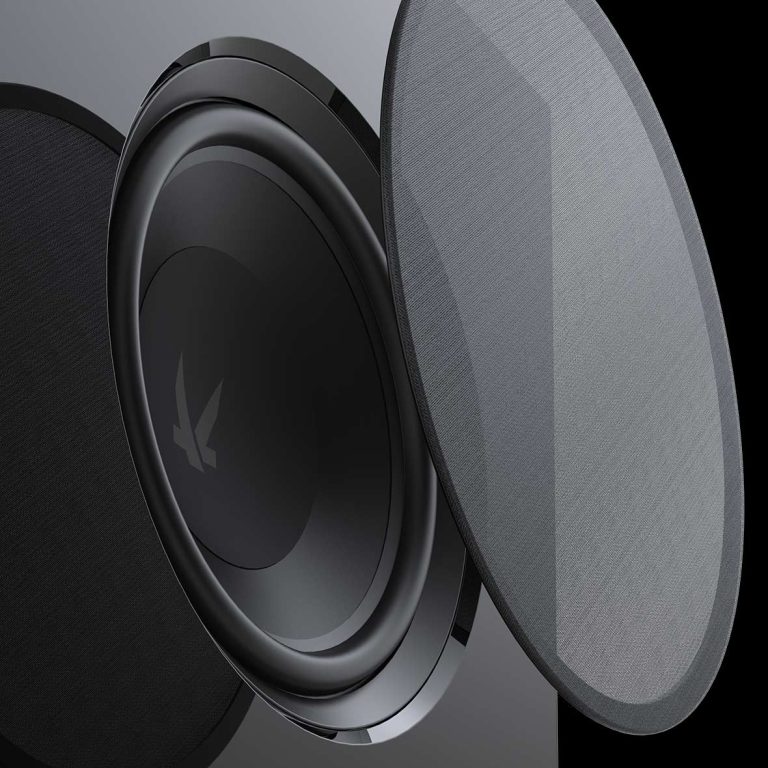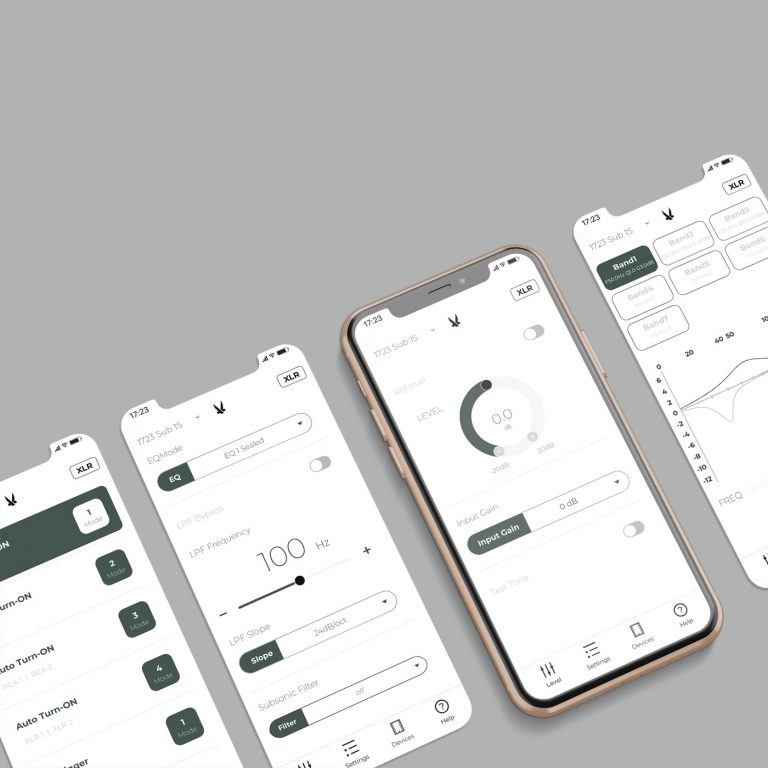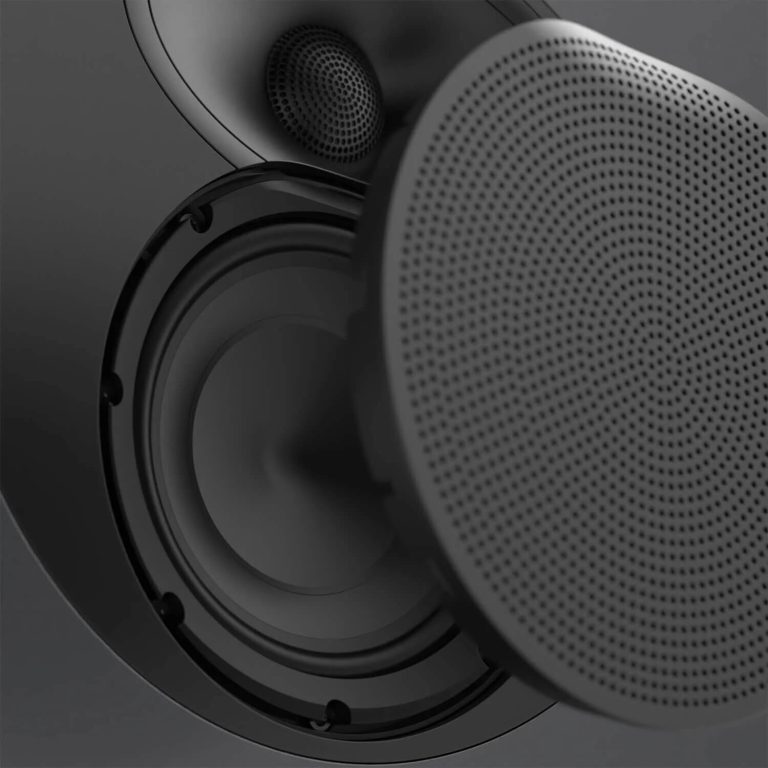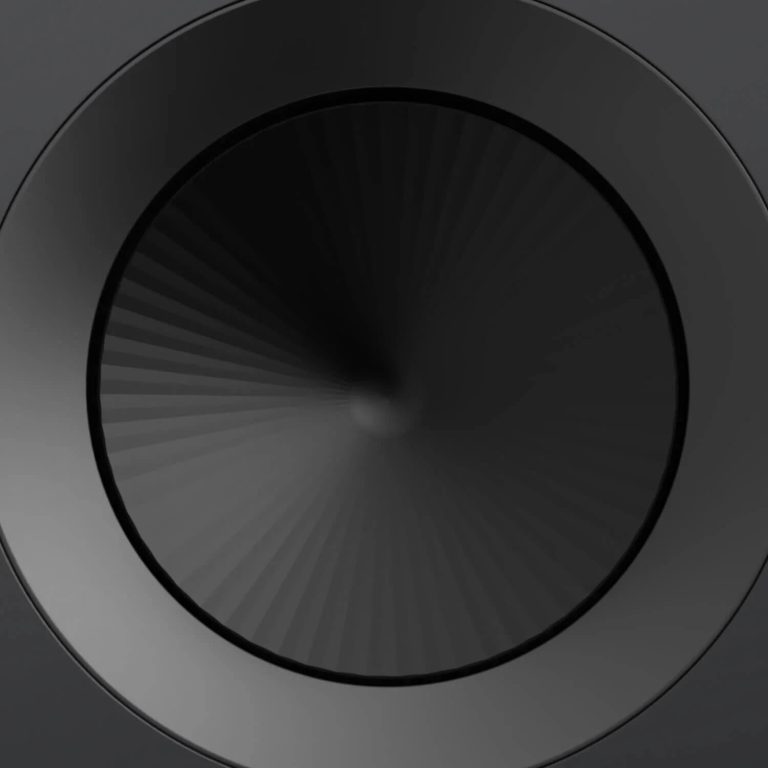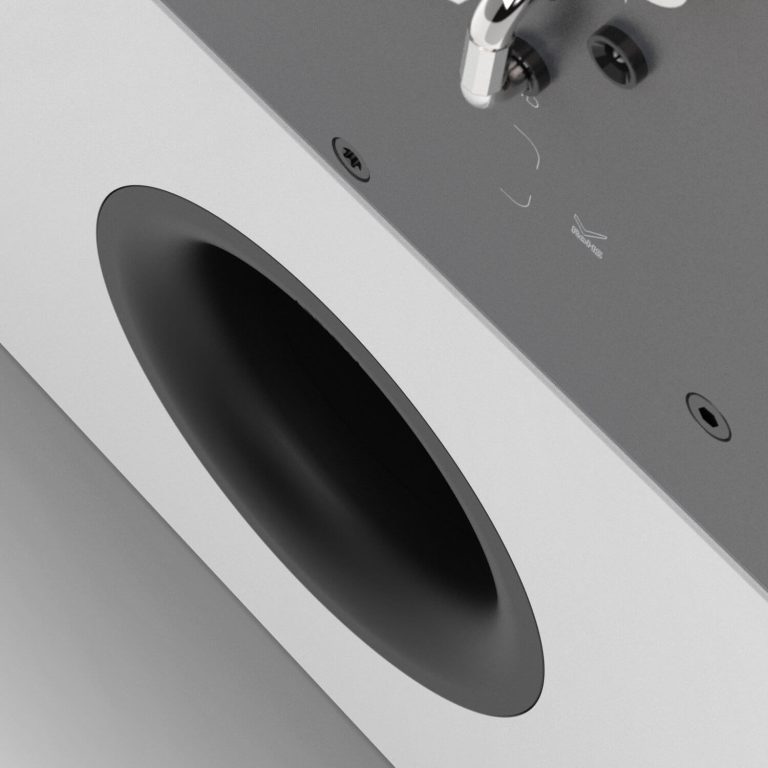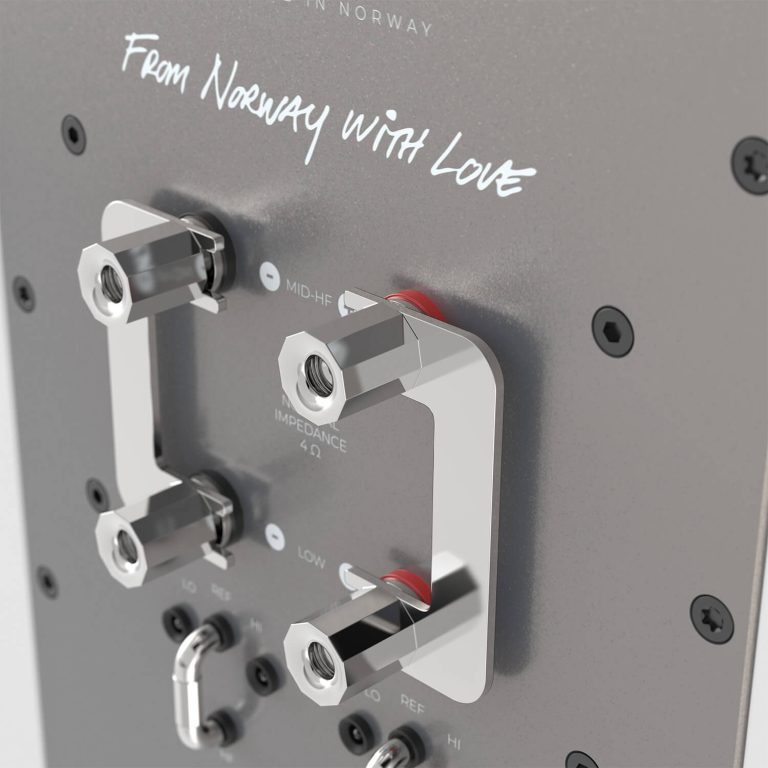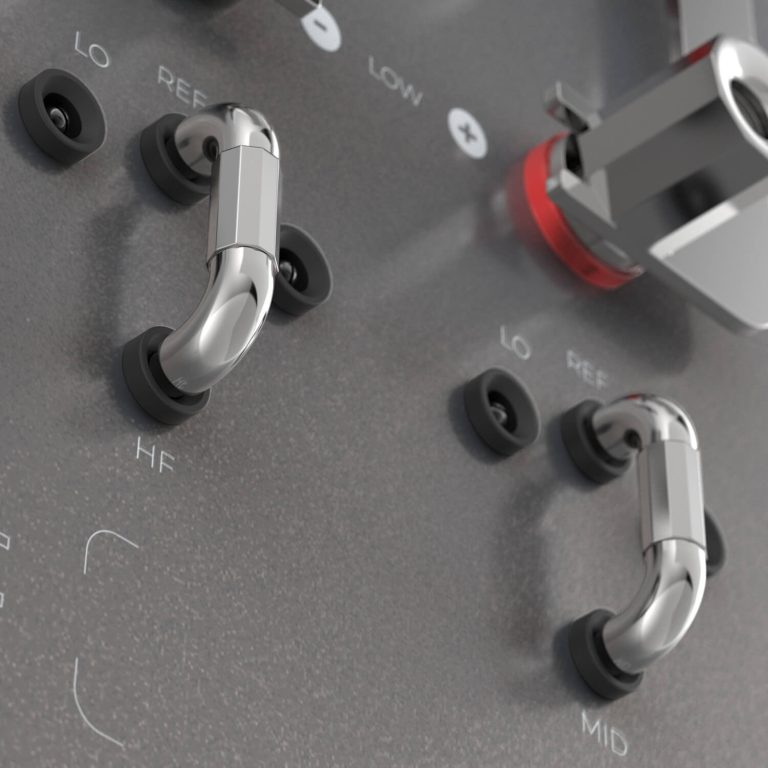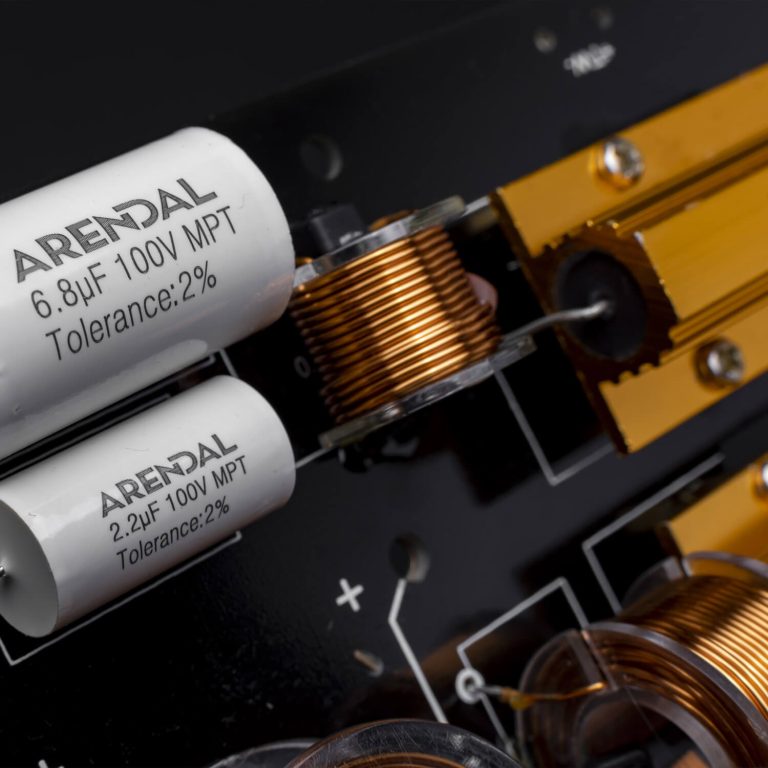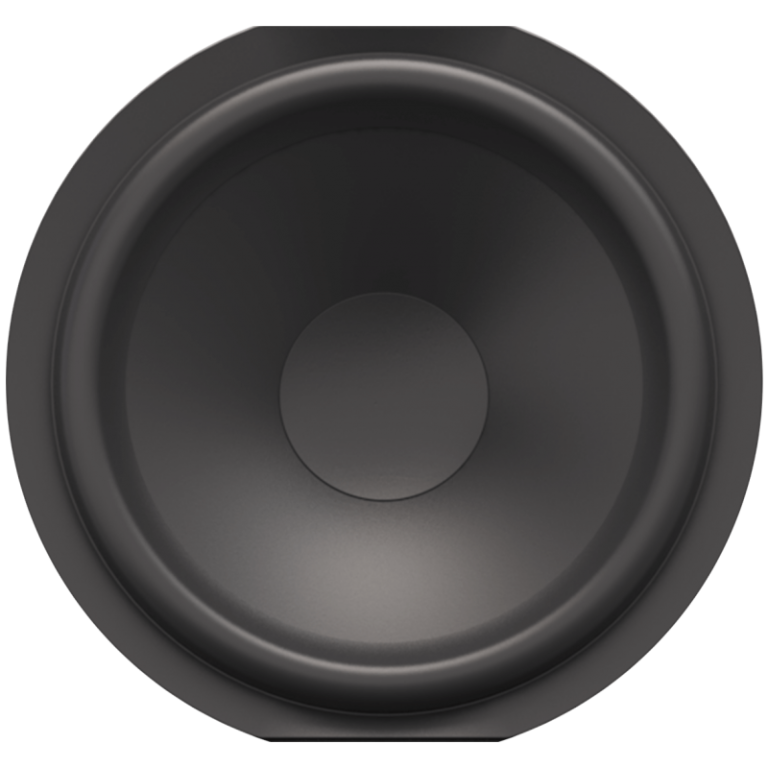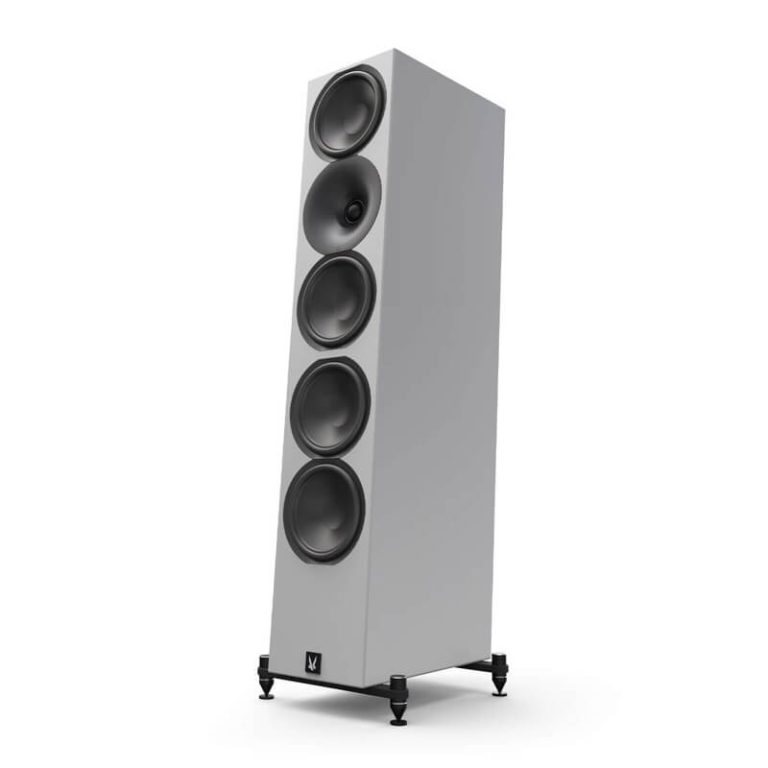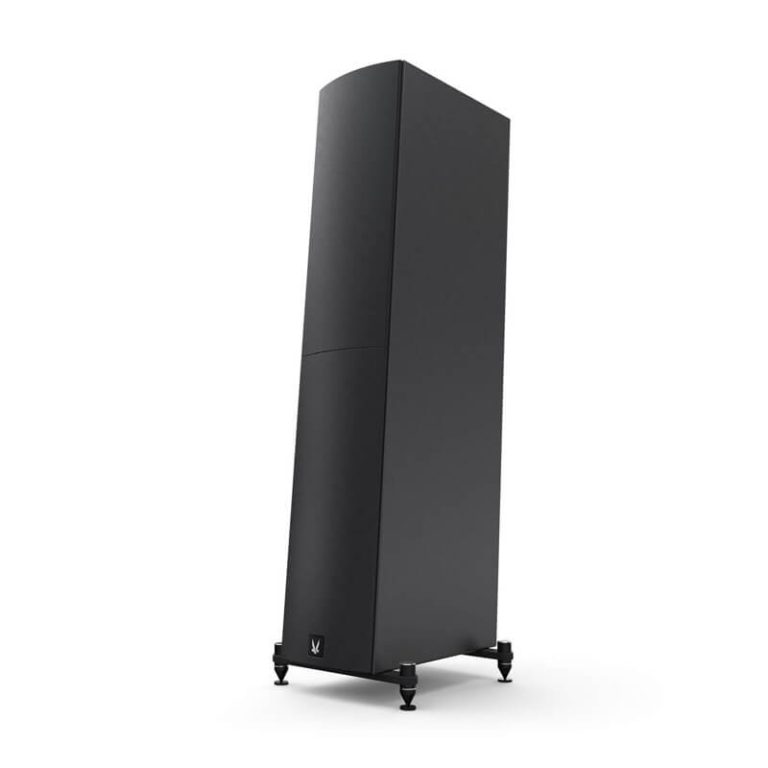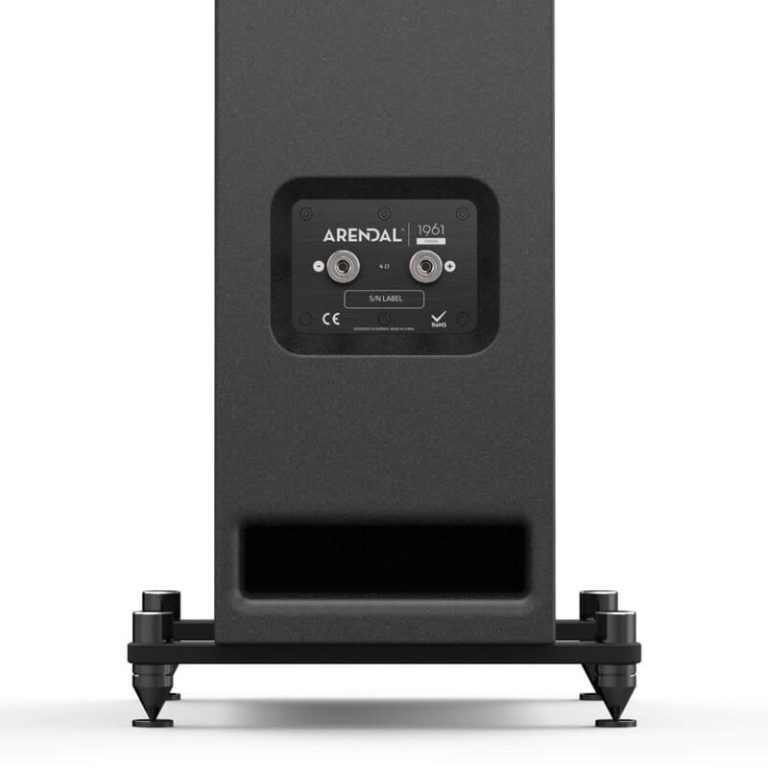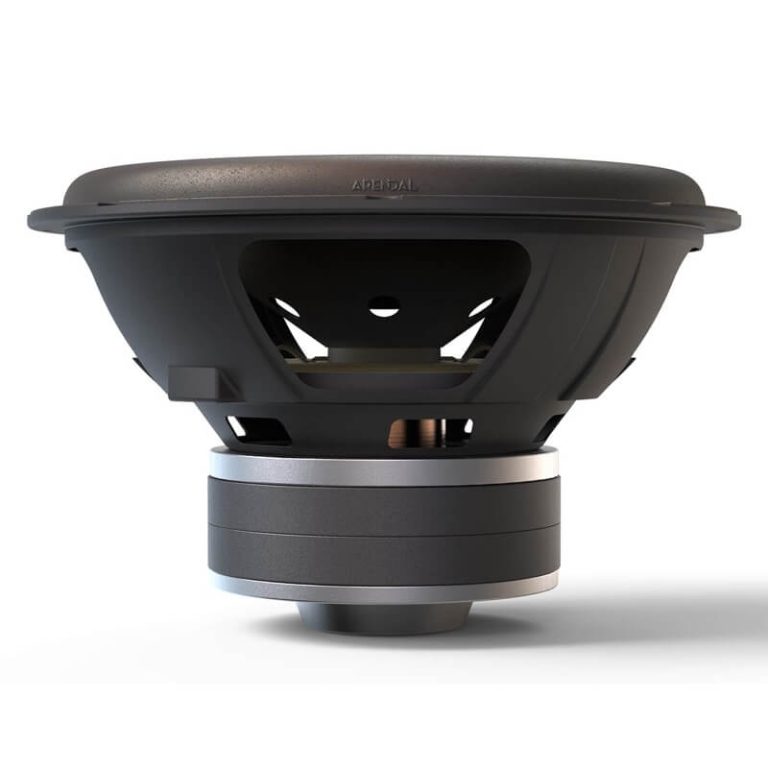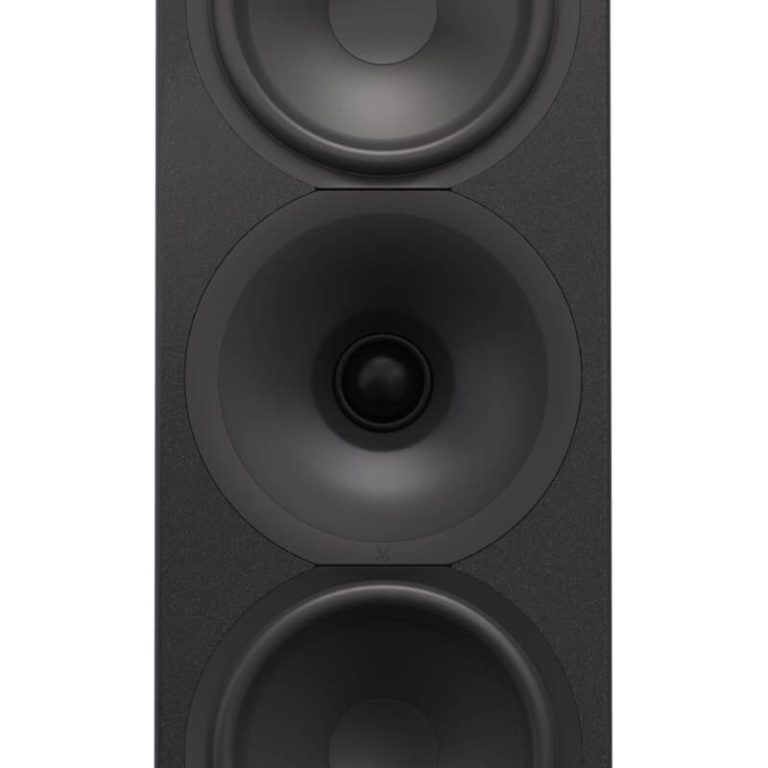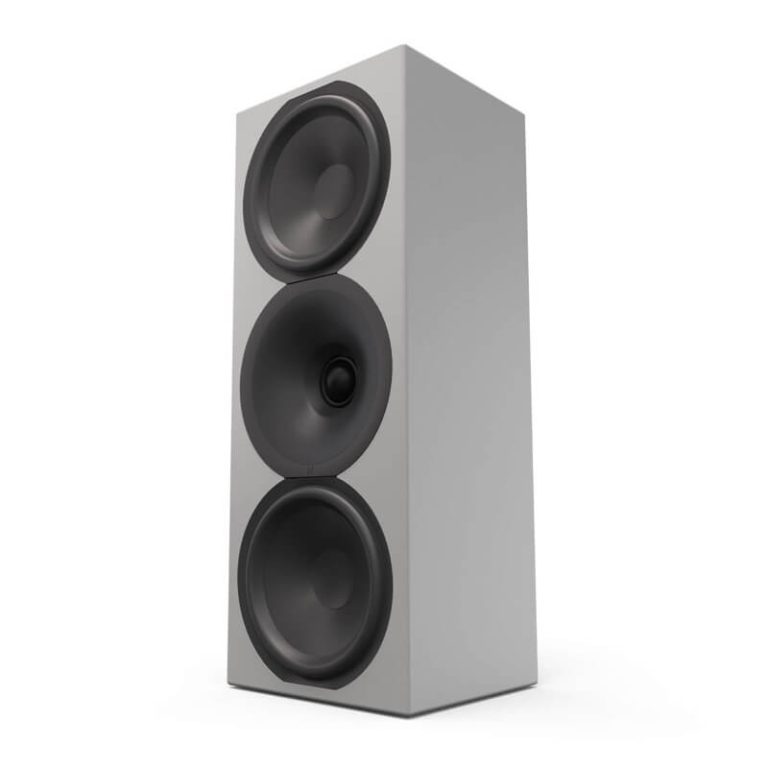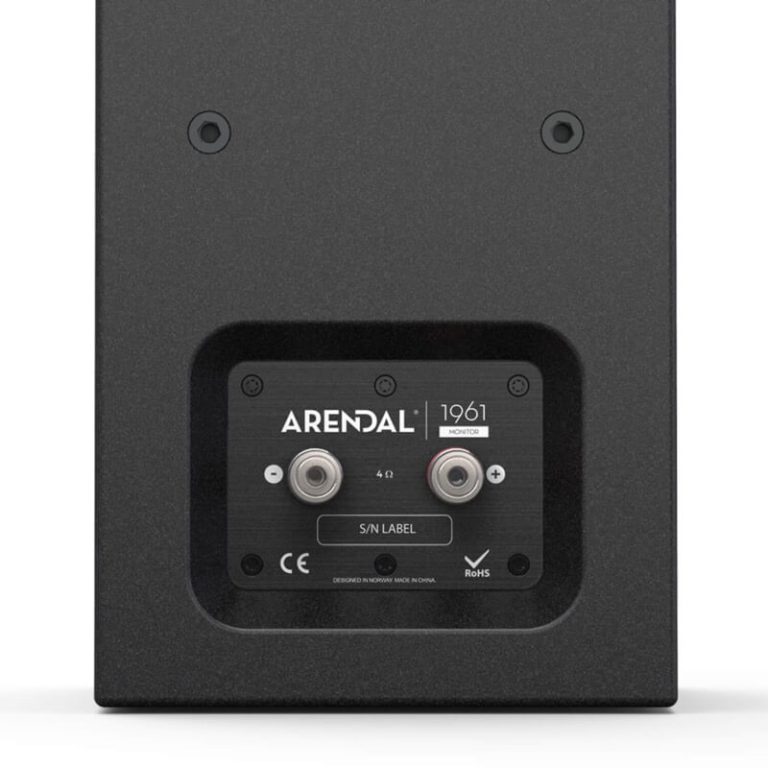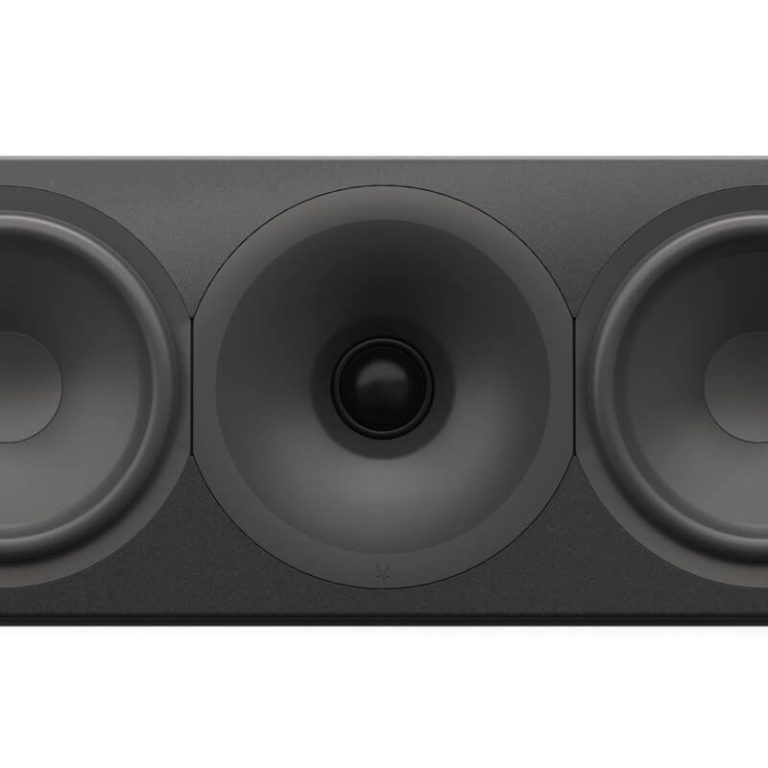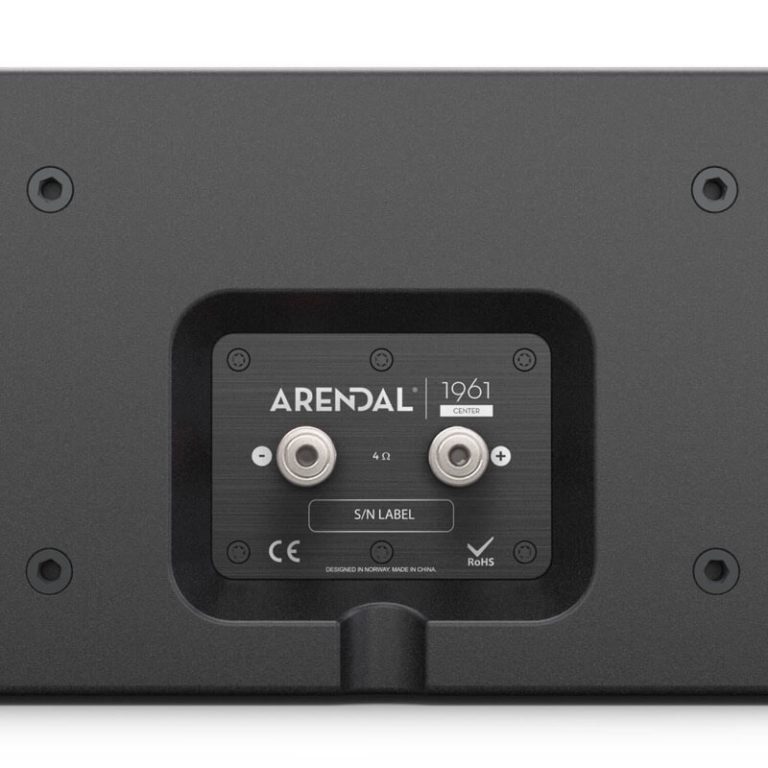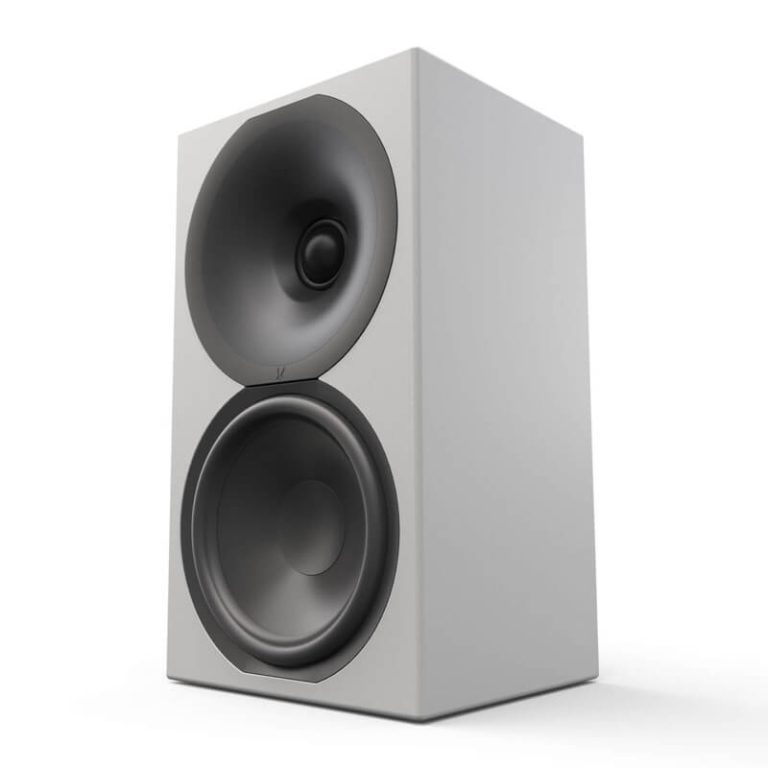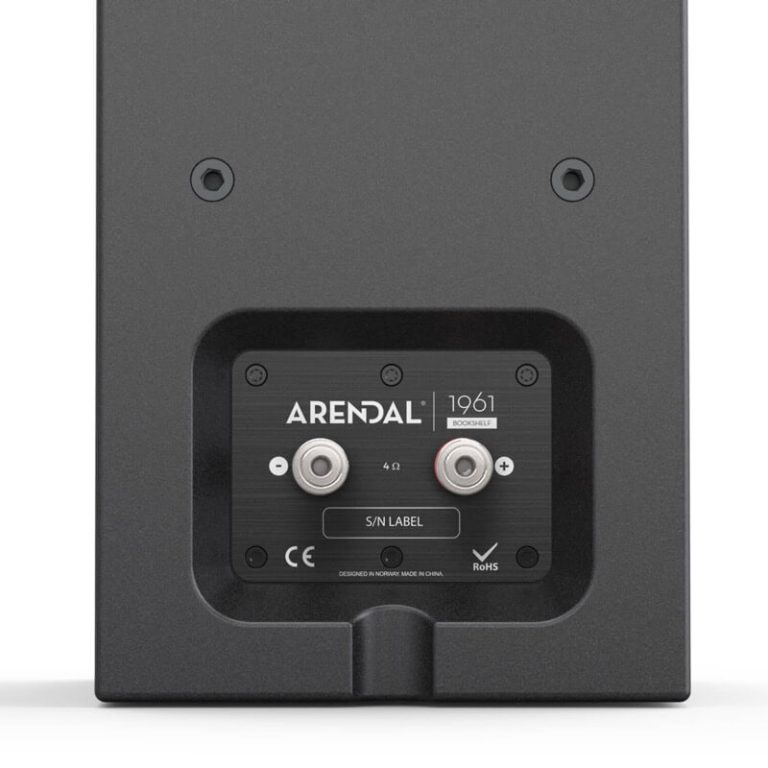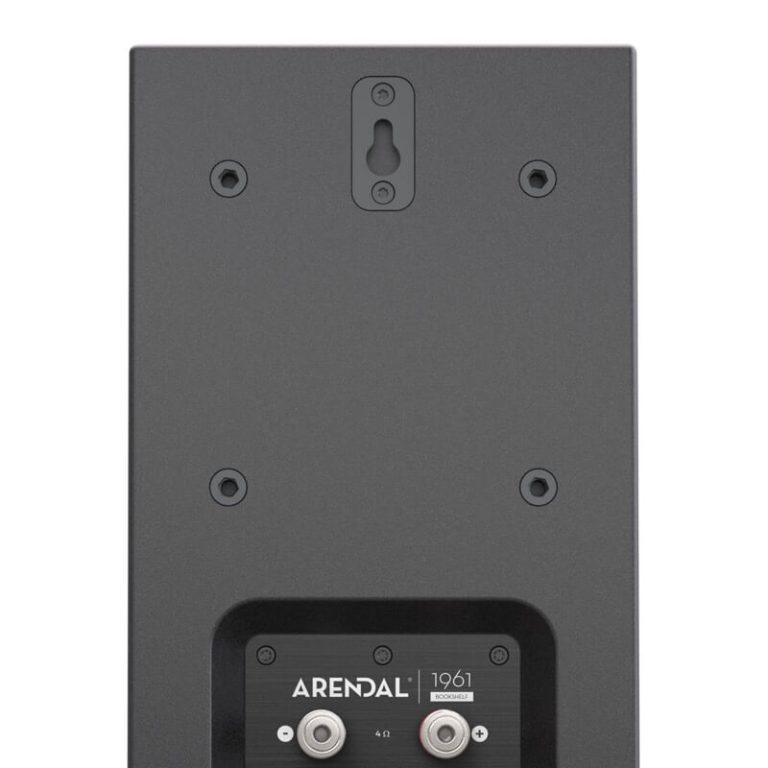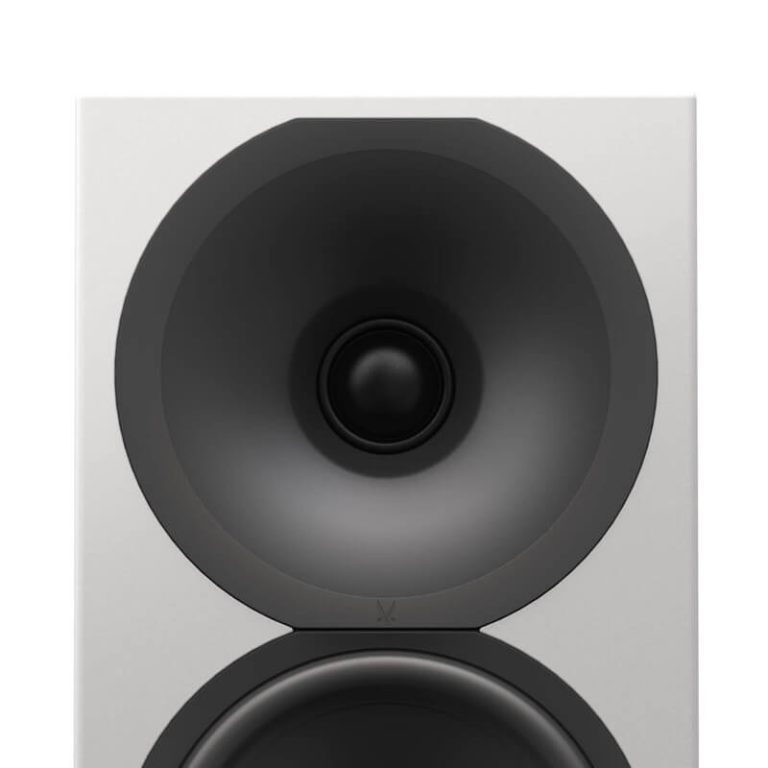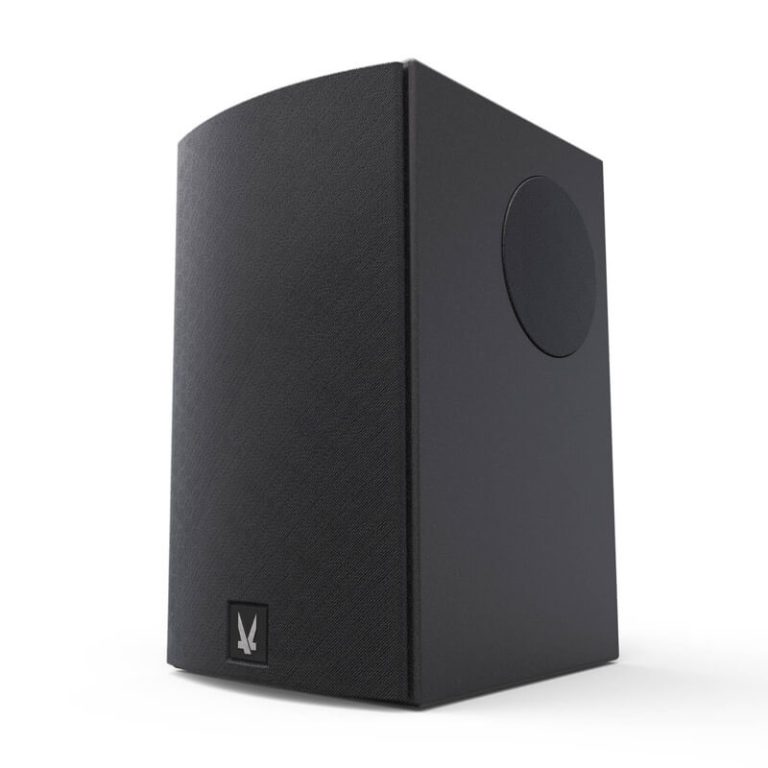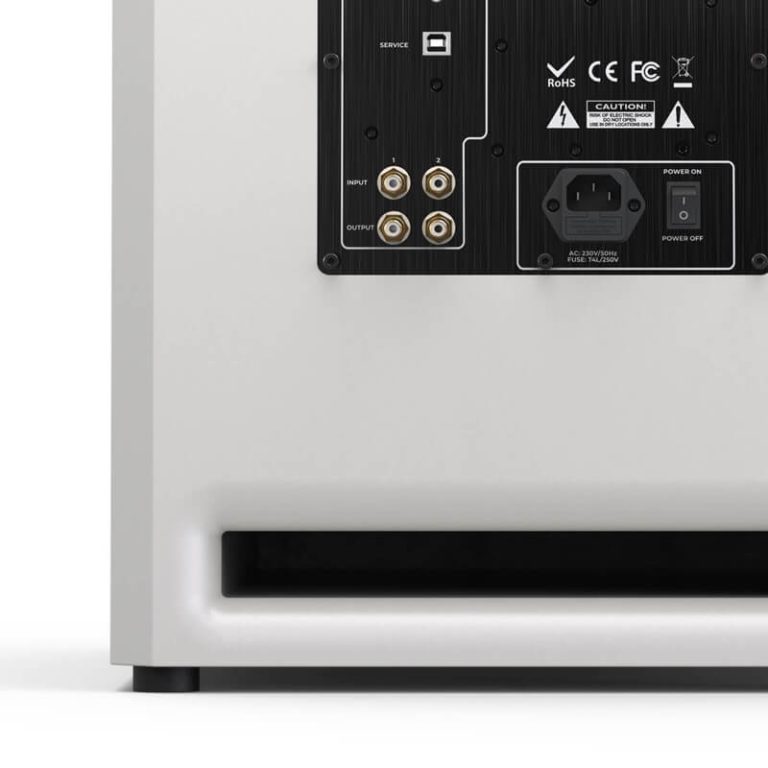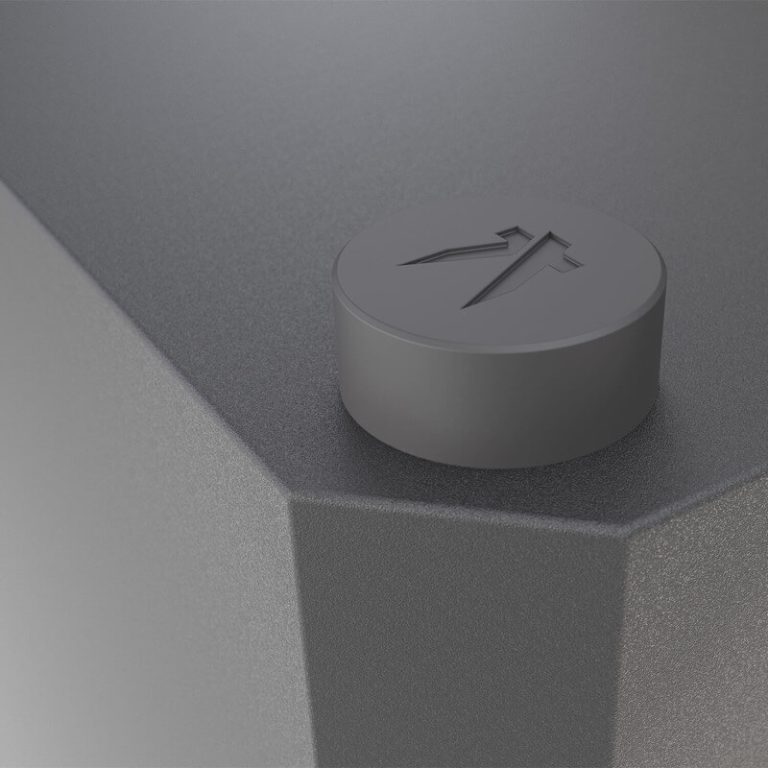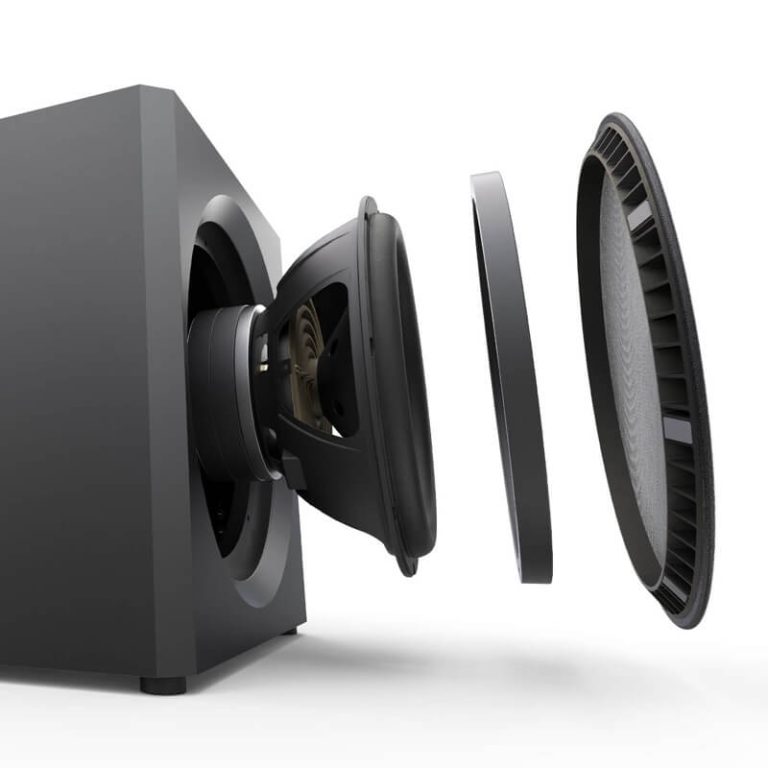
- Products
- Speakers
- Tower / Floorstand
- 1528 Tower 8
- 1528 Tower 8 Limited 10th Anniversary Edition
- 1723 Tower THX
- 1723 Tower S THX
- 1961 Tower
- View all Compare
- Bookshelf / Standmount
- 1528 Monitor 8
- 1528 Bookshelf 8
- 1528 Slim 8
- 1723 Monitor THX
- 1723 Monitor S THX
- 1723 Bookshelf S THX
- 1961 Monitor
- 1961 Bookshelf
- View all Compare
- Surround / Height / On-Wall
- 1528 Slim 8
- 1723 Surround THX
- 1723 Surround S THX
- 1723 Height S
- 1961 Surround
- 1961 Height
- View all Compare
- Subwoofers
- Stand
- Accessories
- Series
- 1528 Series
- 1723 THX Speakers
- 1723 S THX Speakers
- 1723 Subwoofers
- 1961 Series
- 1961 Subwoofers
- Our Values
- About us
- Jan’s Story
- Reviews & Awards
- Customer Benefits
- 1 Year Premium Upgrade
- Ambassadors
- PARTICIPATE
- Store
- Outlet
- Support
- Career
- Ambassador Program
- Arendal Club
- Contact us
- Login / Create account
- View All
- 1528 Tower 8
- 1528 Tower 8 Limited 10th Anniversary Edition
- 1723 Tower THX
- 1723 Tower S THX
- 1961 Tower
- Compare Speakers
- View All
- 1528 Monitor 8
- 1528 Bookshelf 8
- 1528 Slim 8
- 1723 Monitor THX
- 1723 Monitor S THX
- 1723 Bookshelf S THX
- 1961 Monitor
- 1961 Bookshelf
- Compare Speakers
- View All
- 1528 Center 8
- 1528 Center+ 8
- 1723 Center THX
- 1723 Center S THX
- 1961 Center
- Compare Speakers
- View All
- 1528 Slim 8
- 1723 Surround THX
- 1723 Surround S THX
- 1723 Height S
- 1961 Surround
- 1961 Height
- Compare Speakers

